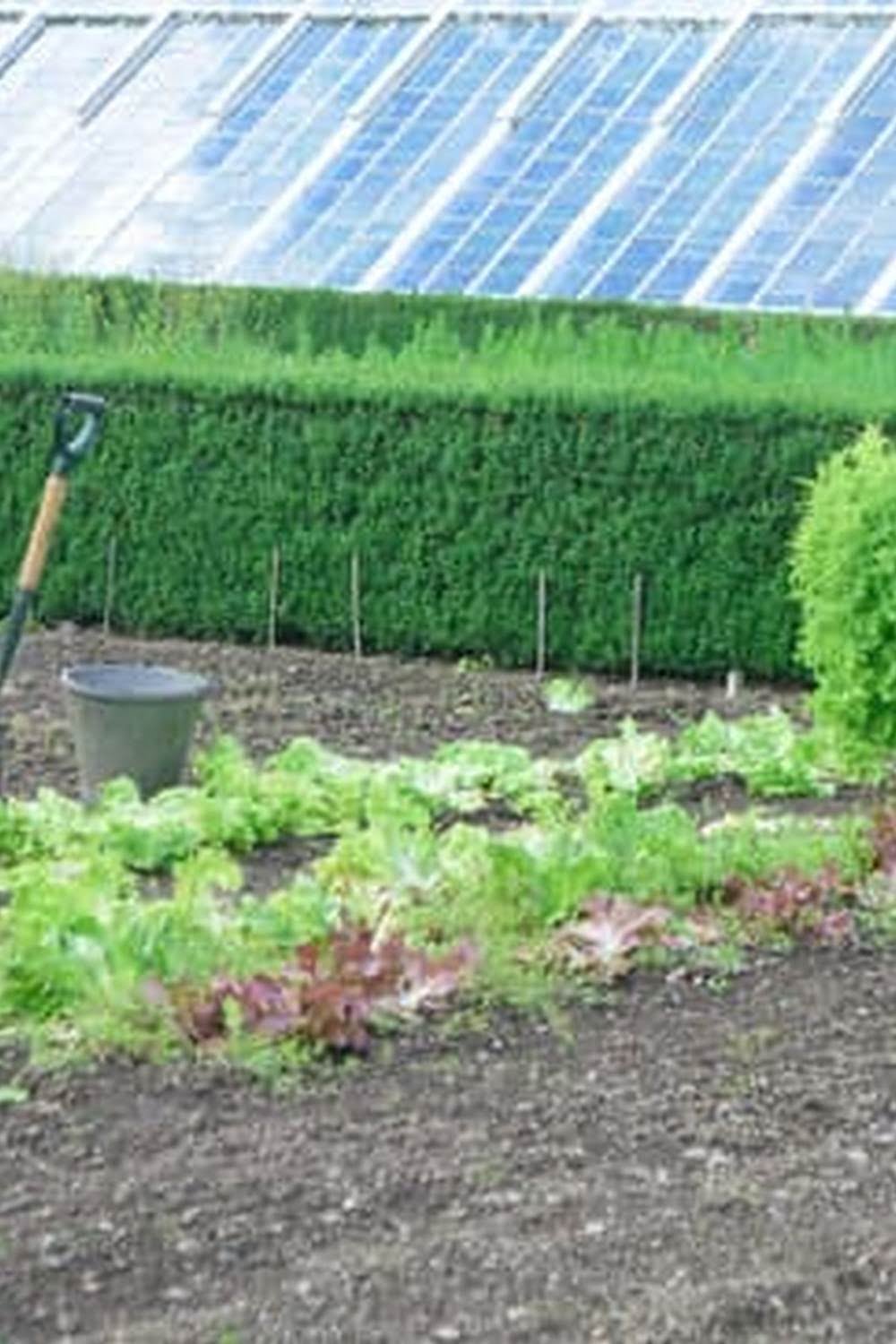Simple Raised Bed Vegetable Garden Layout
When planning a vegetable garden layout, there are a few things to consider. One of the most important decisions is what kind of layout to use. There are several types of raised bed vegetable garden layouts to choose from, including the traditional row layout, the square grid layout, and the checkerboard layout.
The traditional row layout is the most common type of vegetable garden layout. It is easy to create and is perfect for beginners. Rows of vegetables are planted in straight lines, with a path between them. This layout is best for vegetables that grow tall, such as corn and beans.
The square grid layout is perfect for small gardens. It is easy to create and can be used to grow a variety of vegetables. Squares of vegetables are planted in rows, with a path between them. This layout is best for vegetables that grow in tight spaces, such as lettuce and radishes.
The checkerboard layout is a variation of the square grid layout. It is perfect for large gardens and can be used to grow a variety of vegetables. Checkerboard squares of vegetables are planted in rows, with a path between them. This layout is best for vegetables that grow in wide spaces, such as tomatoes and zucchini.
When planning a vegetable garden layout, it is important to choose a layout that is suited for the type of vegetables you want to grow. The traditional row layout is perfect for growing vegetables that grow tall, the square grid layout is perfect for growing vegetables that grow in tight spaces, and the checkerboard layout is perfect for growing vegetables that grow in wide spaces.
Setting Up A Raised Bed Vegetable Garden
A raised bed vegetable garden is the perfect way to grow your own vegetables, herbs and fruits. By growing your plants in a raised bed, you’ll be able to improve drainage, optimize soil conditions and increase the production of your plants.
To set up a raised bed vegetable garden, you’ll need to first measure and mark the area where you’d like your garden to be. Next, you’ll need to decide on the size and shape of your raised bed. Most raised beds are either rectangular or square, but you can also get creative with the shape of your bed.
Once you’ve decided on the size and shape of your bed, you’ll need to gather the materials you’ll need to build it. Most raised beds can be made out of wood, but you can also use bricks, stones or other materials.
Once you have your materials, it’s time to build your raised bed. The easiest way to do this is to build it in sections and then connect the sections together.
Once your raised bed is built, it’s time to fill it with soil. Be sure to use a good quality soil that is high in organic matter. You can also add compost, manure or other organic matter to the soil to improve its quality.
Now it’s time to plant your vegetables, herbs and fruits! Be sure to choose plants that are suitable for your climate and the type of soil you have.
A raised bed vegetable garden is a great way to grow your own vegetables, herbs and fruits. By following these simple steps, you can set up your own raised bed garden and enjoy fresh, homegrown produce all season long!
Depth Of Raised Vegetable Garden
A depth of at least 18 inches is recommended for a raised vegetable garden. The soil in a raised garden warms up faster in the spring, providing an earlier growing season, and it also retains moisture better than ground soil, which is important in areas with hot, dry summers. Additionally, vegetables grown in a raised garden are less likely to develop pests and diseases, because the soil is easier to keep clean and free of debris.
Waist High Raised Vegetable Garden
There are many benefits to waist high raised vegetable gardens. One of the most important benefits is that they are waist high, making it easy for you to garden. No more bending over to weed or harvest your vegetables!
Another benefit of waist high raised vegetable gardens is that they are easy to construct and can be made from a variety of materials. You can use lumber, bricks, cinder blocks, or stones to create your raised bed.
If you are looking for a way to increase the yield of your garden, waist high raised vegetable gardens are the way to go. The soil in a raised bed is warmer and moister than the soil in a traditional garden, which means your plants will grow faster and produce more vegetables.
waist high raised vegetable gardens are also perfect for people who have a small yard or limited gardening space. You can grow a variety of vegetables in a raised bed, including lettuce, tomatoes, peppers, and cucumbers.
If you are looking for an easy and affordable way to improve your gardening experience, waist high raised vegetable gardens are the way to go.
What Kind Of Soil Is Best For Raised Vegetable Garden
Beds?
If you’re planning to build a raised vegetable garden bed, the type of soil you put in it is important. The best type of soil for a raised vegetable garden bed is a sandy loam.
A sandy loam is a soil that has a high percentage of sand and a low percentage of clay. This type of soil is easy to work and is perfect for raised garden beds. It also drains well, which is important, since vegetable garden beds should not be waterlogged.
If your soil is not a sandy loam, you can improve it by adding sand and organic matter. You can also buy soil mix specifically for raised garden beds.
No matter what type of soil you have, it’s important to add organic matter to it. Organic matter helps to improve the texture of the soil and helps to retain moisture. It also provides nutrients for the plants.
You can add organic matter to your soil by using compost, mulch, or manure. Compost is the best choice, since it is made from organic materials. Mulch and manure also add organic matter, but they can also contain weed seeds and pests.
If you’re not sure what to do, ask your local garden center for advice. They will be able to tell you what type of soil is best for your area and what you can do to improve the soil in your garden.

If you’re looking to get into vegetable gardening, or are just looking for some tips on how to make your current garden better, then you’ve come to the right place! My name is Ethel and I have been gardening for years. In this blog, I’m going to share with you some of my best tips on how to create a successful vegetable garden.





